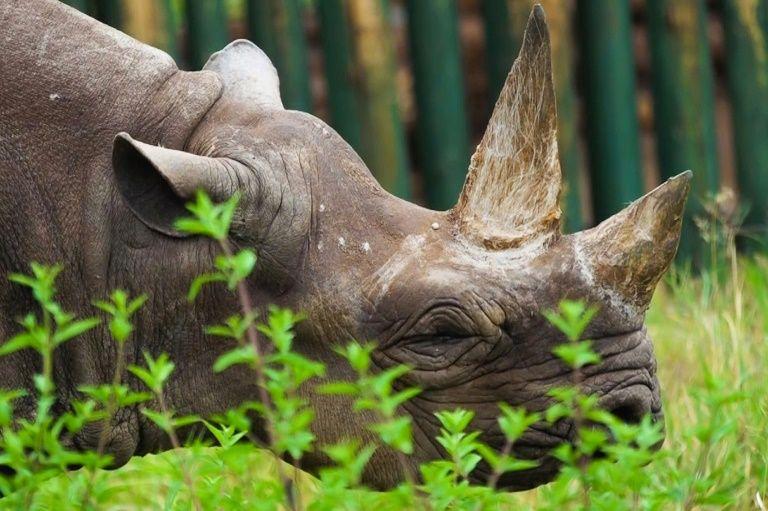The IUCN identified modest growth in numbers decimated by poaching and illegal trade -- this November image released by Ngorongoro Conservation Area Authority in Tanzania shows Fausta, a female black rhino who died last year aged 57
By Patryk Krych | The World Daily MARCH 21st 2020
Rise of the Black Rhinos
The African Black Rhino is a species of rhino that’s been endangered for some years now, with poachers and hunters bringing them down to near extinction. It’s recently been noticed, however, that their populations are rising once again.
It’s rare for any endangered species to see a population rise like this one, with their number jumping from fewer than 2,300 in 1993, then to 4,845 in 2012, and now is estimated to be around 5,500, according to the International Rhino Foundation (IRF). Their initial numbers have fallen at an extremely drastic rate, having been recorded to be around 65,000 in the 1970s. Over 60,000 rhinos were killed or passed on since this time, and what the resent re-rise in the rhinos’ population rates shows is that it’s entirely possible to get those numbers up once again.
The Black Rhinos pregnancy period lasts for about 15-16 months, and each mother typically only births a single child every 2.5-3 years, also according to the IRF. Their lifespan is half that of a human’s – about 35 years. With all these factors, it’s not difficult to see why the species may have difficulty surviving when under constant threat of poachers.
The actions put to motion in attempting to save the species have been various and in many cases, difficult. The ideas involved enforcing stronger laws against hunting them, as well as general security. Another attempt that paid off was in spreading the range of the rhinos’ territories by separating some of them to other habitable areas in Africa. Their preferred environments are grasslands, savannahs and tropical bush lands – all of which are plentiful in the continent.
The acting director general of the International Union for Conservation of Nature (IUCN), Grethel Aguilar, said that “There is no room for complacency as poaching and illegal trade remain acute threats. It is essential that the ongoing anti-poaching measures and intensive, proactive population management continue, with support from national and international actors.”
The IUCN is in charge, among other things, of compiling the global redlist of species that are under threat. An update to the red list was made on Thursday, specifying that while the future for the Black Rhinos is still uncertain, it’s more on the positive side than many other rhino species which are still facing heavy threats from poaching.
Many poachers kill them for the simple purpose of sports hunting or specimen collecting, but some parts of the rhino are also known to be used in both medicinal and veterinary practices on an international scale, according to the redlist.
“The continued slow recovery is a testament to the immense efforts made in the countries and a powerful reminder that conservation works,” Aguilar added.
The population of the White Rhinos, while higher and more stable than that of the Black Rhinos, is still at a disadvantage as it’s been seeing a gradual decline since 2012. Their current population is at an estimated 18,000 (making it the least endangered rhino species) according to the IRF. Their current status on the IUCN redlist is ‘near threatened’. The population of White Rhinos has been in a greater crisis before, such as back when their population sank to just below 50 in the 90s.
A coordinator for African rhinos at IUCN, Richard Emslie, said that “With the involvement of transnational organised crime in poaching, rhino crimes are not just wildlife crimes. If the encouraging declines in poaching can continue, this should positively impact rhino numbers. Continued expenditure and efforts will be necessary to maintain this trend.”
By Patryk Krych | The World Daily






